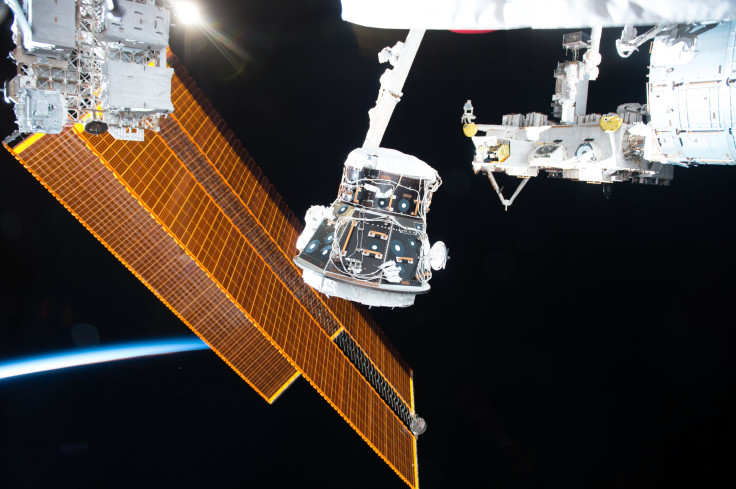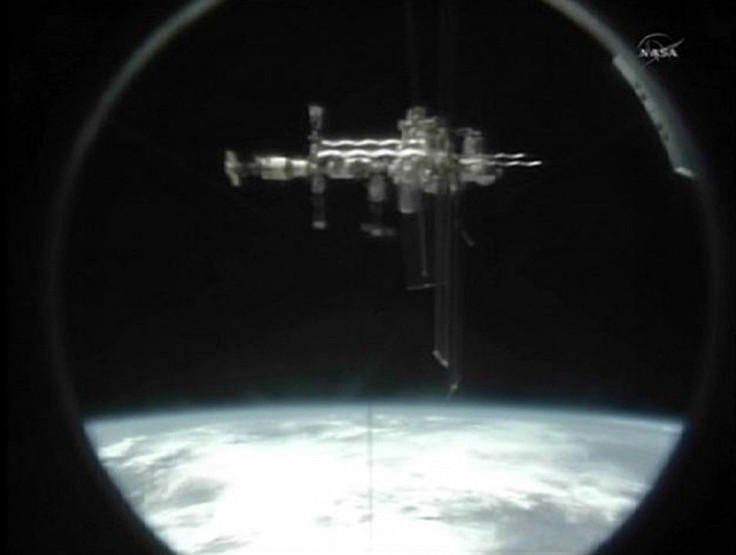International Space Station Beyond 2024: Russia’s Roscosmos May Extend NASA Partnership

In 2014, the United States government made a commitment to extend NASA’s funding for the International Space Station by four years, from 2020 to 2024. A year later, Russia announced its space agency Roscosmos would also support the ISS mission till 2024, leading many people to consider the orbiting space laboratory may be dismantled at the end of that time.
However, Russia signaled Tuesday it is willing to consider extending the ISS partnership with NASA, and space agencies from Canada, Europe and Japan, beyond 2024. Speaking at the U.S. Space Symposium in Colorado Springs, General Director of Roscosmos Igor Komarov replied in the affirmative when asked if Russia would consider another four-year extension to the mission, Reuters reported.
Read: Russia Working With NASA On Restarting Venera Missions To Study Venus
While space agencies, as well as private companies like SpaceX, are now often talking about crewed missions to destinations much farther out than the ISS orbit (about 250 miles above Earth), such as the moon and even Mars, Komarov said there were numerous technological and medical issues that needed fixing before humans could make journeys beyond the ISS orbit.
“I think that we need to prolong our cooperation in low-Earth orbit because we haven’t resolved all the issues and problems that we face now,” he reportedly said.

NASA and Roscosmos are the two biggest partners of the international collaboration. The U.S. space agency spends about $3 billion a year on ISS and conducts a very large number of scientific experiments and studies. However, it is Russian Soyuz rockets that carry the astronauts to the space station and back. NASA is hoping that a private company like SpaceX or Boeing could develop a rocket that it could use instead of Soyuz by 2024.
For its part, Russia has unveiled a plan for after 2024, which involves detaching its modules from the ISS, and adding some more to them to create a new orbiting outpost. According to a report Tuesday in Russian newspaper Pravda, Roscosmos plans to send three scientific modules to the ISS by 2020. The same report also cited Andrei Ionin, chief analyst of the Russian Academy of Cosmonautics, who said the Russian version of the space station may come into existence before 2024, and it maybe in cooperation with China.
Last week, Komarov said Russia was planning at least 30 launches during 2017. In mid-March, Roscosmos also said it was taking applications from cosmonauts who wanted to be the first Russians to walk on the lunar surface, when the country sends a crewed mission to the moon, which it hopes to conduct successfully by 2031. Russia is also, in partnership with NASA and others, considering restarting its Venera series of missions to explore Venus.
© Copyright IBTimes 2025. All rights reserved.





















